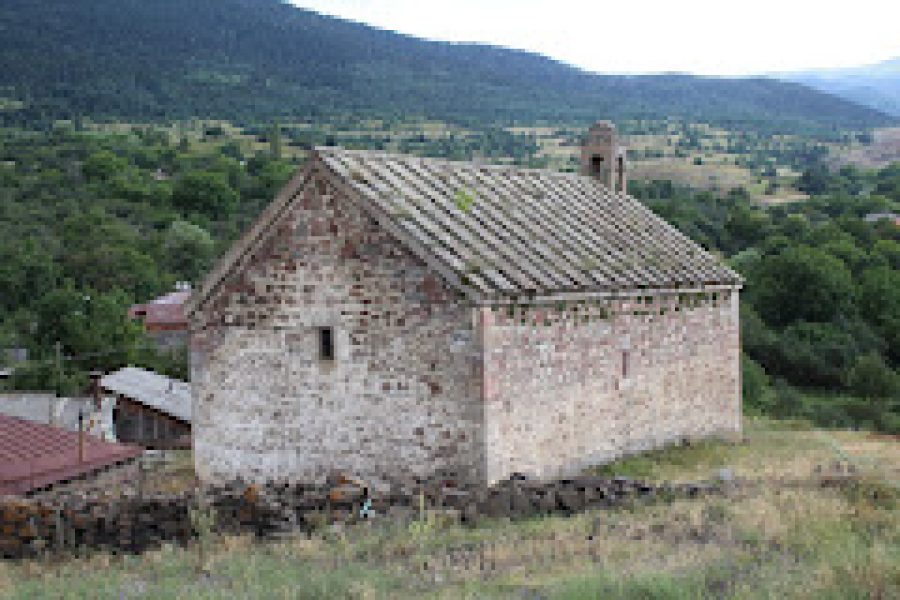Surami Fortress: The Legendary Gatekeeper of Georgia
Strategically positioned to guard the vital Surami (Rikoti) Pass, the only road connecting eastern and western Georgia, Surami Fortress is one of the nation’s most historically and culturally significant strongholds. Its walls are steeped in history and legend, most famously immortalized in Daniel Chonkadze’s novel “The Surami Fortress” and Sergei Parajanov’s iconic film. To visit Surami is to stand at the very crossroads of Georgian history.
The story of the fortress stretches back to antiquity. It has been a strategic prize for every major power in the region, from the Georgians and Persians to the Ottomans and Russians. The current structure is a complex of different historical layers, with the earliest surviving walls dating to the 11th-12th centuries. It served as the seat of the powerful Eristavis (Dukes) of Kartli and was a formidable obstacle for any army seeking to unite or divide the country.
The fortress is most famous, however, for its enduring legend. The story tells that the fortress walls kept crumbling until a fortune-teller declared that the only way to make them stand was to wall up a handsome young man alive in its foundations. A young man named Zurab volunteered for this sacrifice, ensuring the fortress’s completion and the country’s defense. This powerful myth speaks to the immense importance of the fortress and the sacrifices required to protect the nation.
Today, Surami Fortress is an easily accessible and evocative site. You can climb its restored walls and towers, which offer magnificent views of the town of Surami and the surrounding mountains. The St. George Church within its walls adds another layer of history. It’s a place where you can feel the immense strategic weight of geography and the powerful pull of national folklore.
🗺️ Geography & Location
Exact Location:
The fortress is located on a rocky hill in the town of Surami, Khashuri Municipality.
Strategic Placement:
It commands the entrance to the Borjomi gorge and the Surami Pass, the most important mountain pass connecting eastern (Kartli) and western (Imereti) Georgia.
Coordinates:
Approximately 42.0250° N, 43.5639° E.
📖 History & Background
Date of Construction & Origins:
The fortress has existed in some form since antiquity. The main surviving structures date from the 11th-12th centuries, with significant rebuilding in the 16th-18th centuries.
Historical Role:
The most important strategic fortress controlling the link between eastern and western Georgia. It was a major administrative center and the seat of the Eristavis of Kartli.
Status:
A major historical and archaeological monument of national significance, partially restored.
🏗️ Architecture & Design
Materials Used:
Local stone, showing many different periods of construction.
Key Features:
- Upper and Lower Fortress: The complex consists of a lower citadel and an upper fortress with the main keep.
- Layered History: The walls clearly show different styles and periods of masonry.
- St. George’s Church: A small church from the 11th-12th centuries is located within the fortress grounds.
Unique Aspects:
Its immense strategic importance and its connection to one of Georgia’s most famous national legends make it unique.
🌟 Cultural & Tourist Significance
A National Legend:
The fortress is famous throughout Georgia and beyond due to the powerful legend of the walled-in youth, a story of sacrifice for the nation.
Crossroads of Georgia:
It is a powerful symbol of Georgian unity and the historical struggle to maintain it.
🚶 How to Visit
Best Time of Year to Visit:
Accessible and interesting year-round.
Accessibility:
Very easy. The fortress is located in the town of Surami, just off the main highway. A short, steep walk up a paved path leads to the entrance.



Leave a review